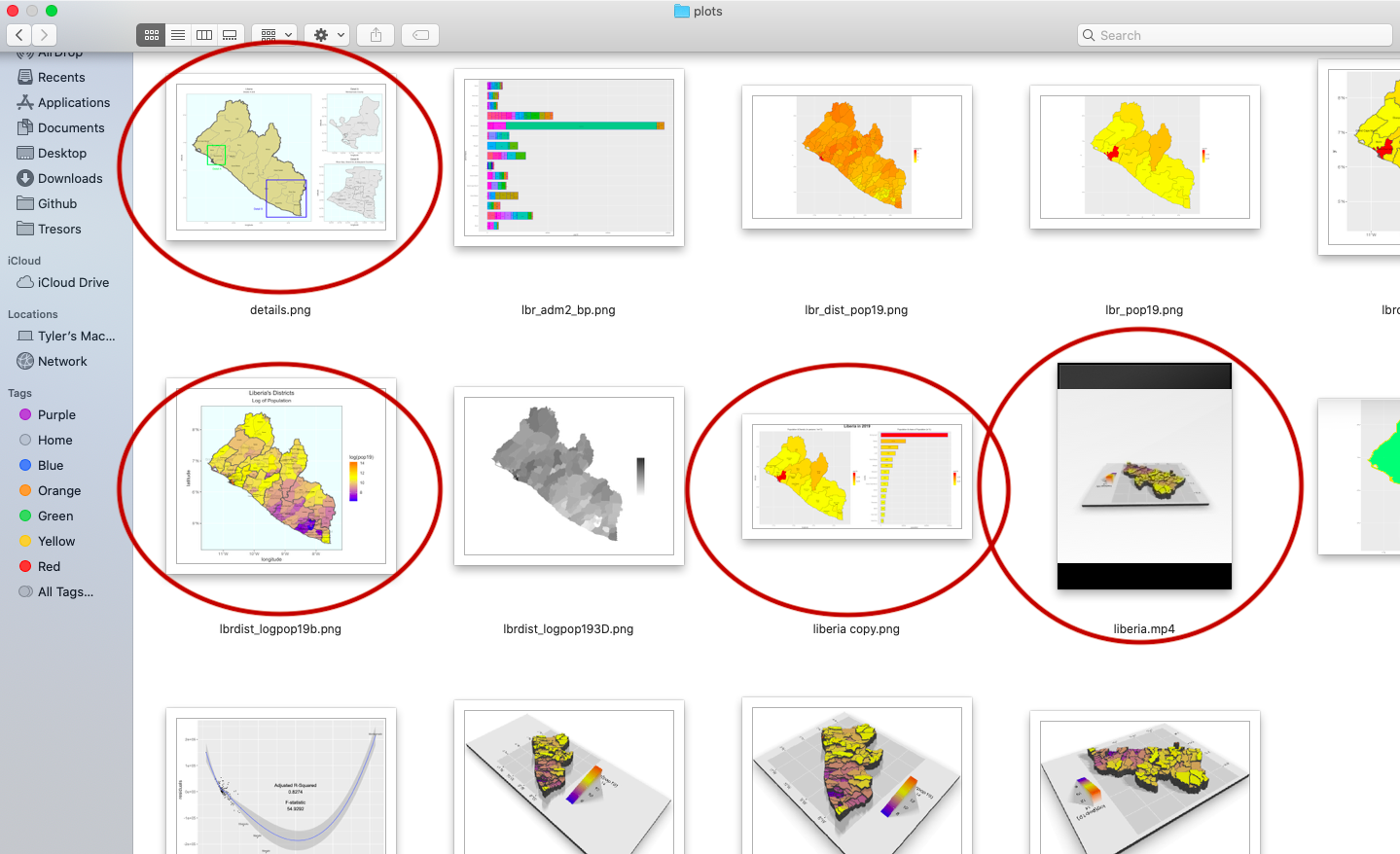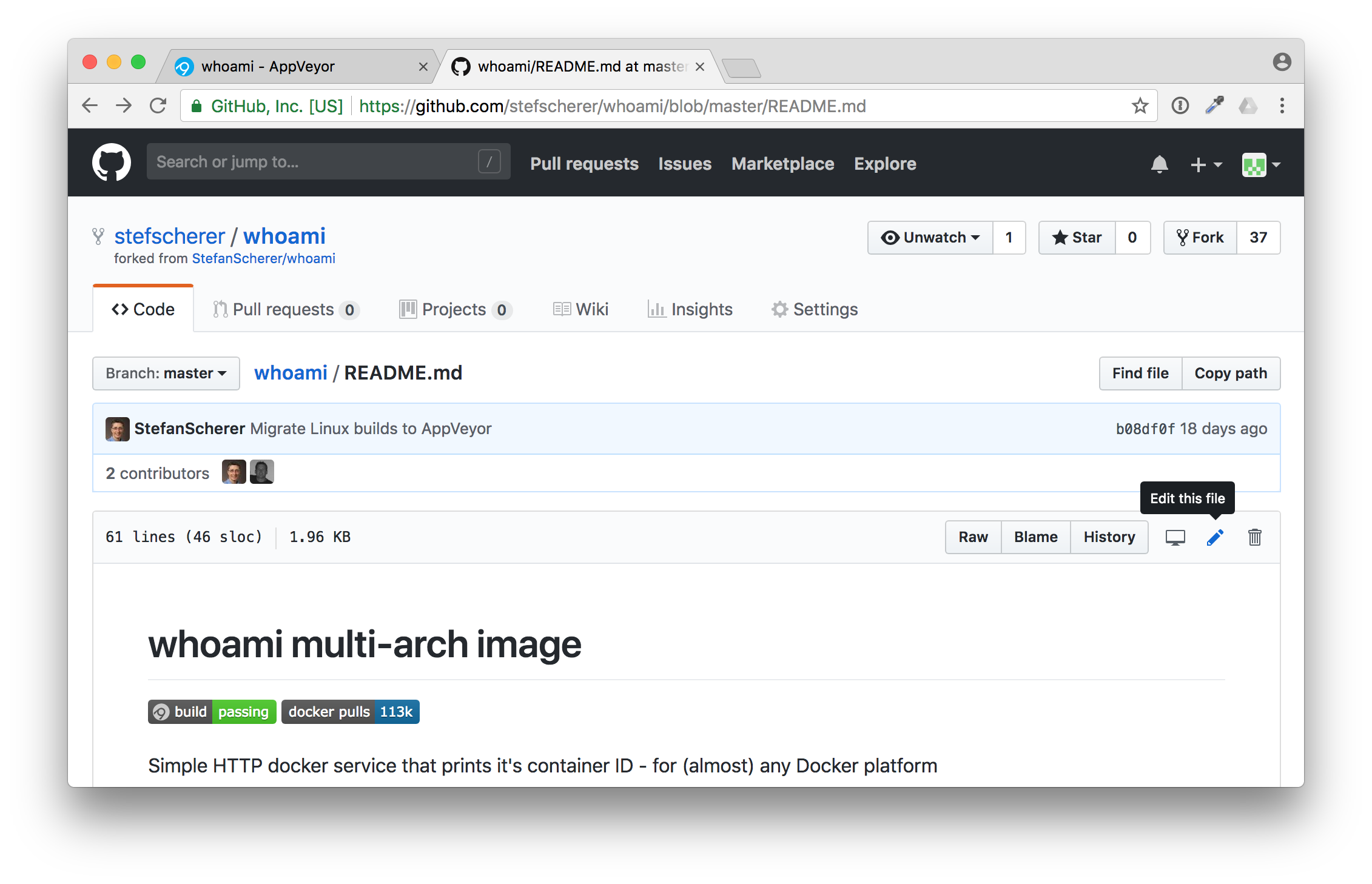

- #Rmarkdown github readme for free#
- #Rmarkdown github readme install#
- #Rmarkdown github readme full#
- #Rmarkdown github readme code#
- #Rmarkdown github readme license#
This will let us take advantage of something that is really key about : you can easily navigate through folders within repositories and the urls reflect this navigation. Let’s all make a folder called github (all lowercase!) in our home directories. This is really important! We need to be organized and deliberate about where we want to keep all of our GitHub repositories (since this is the first of many in your career). Unlike downloading, cloning keeps all the version control and user information bundled with the files. We are going to be cloning a copy of our Remote repository on to our local computers.

We’ll start of by cloning to our local computer using RStudio. Rmd was RMarkdown?) so the formatting we learned in the last lesson apply here.įrom here, you will work locally (on your computer). md means that it is Markdown (remember how. Notice how the README.md file we created is automatically displayed at the bottom.
#Rmarkdown github readme license#
The Add a license option adds a license that describes how other people can use your Github files (e.g., open source, but no one can profit from them, etc.). These files will stay in on the local Github folder (the one on your computer), but will not be uploaded onto the web version of Github. The Add gitignore option adds a document where you can identify files or file-types you want Github to ignore. I will call mine my-repo.Īlso, add a description, make it public, create a README file, and create your repo! Call it whatever you want (the shorter the better), or follow me for convenience. Try syncing or cloning, and if that works and then you don’t need to worry about typing into the Terminal, you’re all done!įirst, go to your account on and click “New repository”.Ĭhoose a name. Note: on my laptop, even though I navigated to /usr/local/bin/git, it then automatically redirect because /usr/local/bin/git was an alias on my computer. If not, click the browse button and navigate there. In RStudio, navigate to: Tools > Global Options > Git/SVN.ĭoes the “Git executable” filepath match what the url in Terminal says? > If no, (in the example image, the filepath does not say anything with Apple) then proceed below: > If yes, then the Git you downloaded isn’t installed, please redownload if necessary, and follow instructions to install. To solve this, go to the Terminal and type: We’ve also seen the following errors from RStudio: error key does not contain a section -global terminal
#Rmarkdown github readme full#
To get the full functionality of Github, you will eventually want to learn other concepts. This isn’t how most scientists will use Github. These concepts are more important for coders who want the entire coding community (and not just people working on the same project) to be able to suggest changes to their code. Consequently, much of the functionality and terminology of Github (e.g., branches and pull requests) isn’t necessary for a scientist getting started. Github was developed for social coding (i.e., sort of like an open source Wikipedia for programmers). Instructors can also request a free organization account, “Request a discount”. You can sign up for the student account here.
#Rmarkdown github readme for free#
If you are a student you can get the micro account which includes 5 private repositories for free (normally a $7/month value). It has many nice features to be able visualize differences between images, rendering & diffing map data files, render text data files, and track changes in text. Github is a website for storing your git versioned files remotely. xls), but free text differences are most easily visible (eg txt, csv, md). Git is a version control system that lets you track changes to files over time.
#Rmarkdown github readme code#

6.7 select() subsets data column-wise (variables).6.5 filter() subsets data row-wise (observations).6.3.2 Look at the variables inside a ame.6.2.2 load tidyverse (which has dplyr inside).
#Rmarkdown github readme install#
5.2 Install our first package: tidyverse.4.11 Committing - how often? Tracking changes in your files.4.5 Clone your repository using RStudio.3.10.1 I entered a command and nothing’s happening.3.3.2 Logical operators and expressions.2.3 Learning with data that are not your own.


 0 kommentar(er)
0 kommentar(er)
